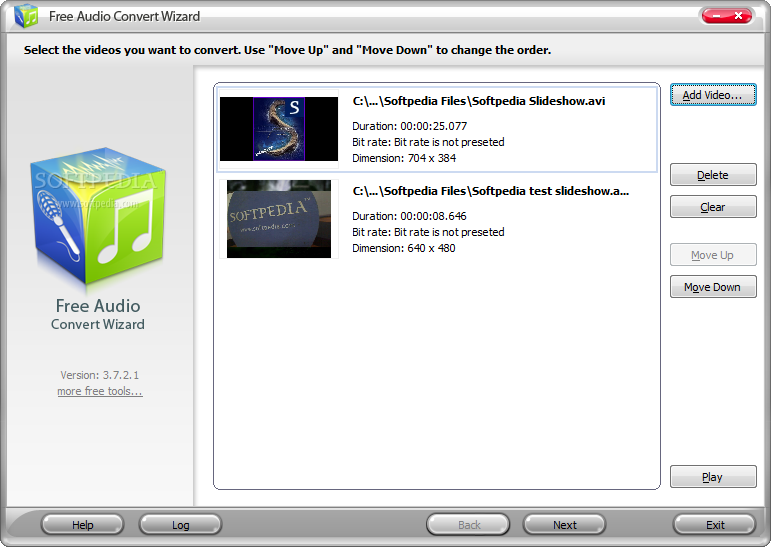

Whole-genome arrays, typically composed of tiled gDNA or oligonucleotides, have been used to identify in vivo sites of protein-DNA interactions or allelic variation.

Transcriptome arrays, containing cDNA, gDNA, or oligonucleotide probes, are used to measure differential gene expression.
#ACTIVEPERL 5.8.3 DOWNLOAD FULL#
The full utility of the spotted microarray format is clearly reflected in the range of its applications. SimArray is an open-source program and is available from. SimArray is intended to help both established researchers and those new to the microarray field to develop microarray designs with randomised spot layouts that are compatible with their specific production environment. Randomisation of the spot layout facilitates correction of systematic biases by normalisation. Print time and maximum meta-grid area estimates facilitate evaluation of each array design for its suitability.

SimArray is compatible with all current robotic spotters that employ 96-, 384- or 1536-well microtitre plates, and can be configured to reflect most production environments. Selected parameters include: the number of probes to be printed the microtitre plate format the printing pin configuration, and the achievable spot density. We have developed a user-friendly tool, SimArray, which generates a randomised spot layout, computes a maximum meta-grid area, and estimates the print time, in response to user-specified design decisions. Inefficient production can make larger-scale studies prohibitively expensive, whereas poor array design makes normalisation and data analysis problematic. Regardless of the intended application, efficient production and appropriate array design are key determinants of experimental success. Microarrays were first developed to assess gene expression but are now also used to map protein-binding sites and to assess allelic variation between individuals.


 0 kommentar(er)
0 kommentar(er)
